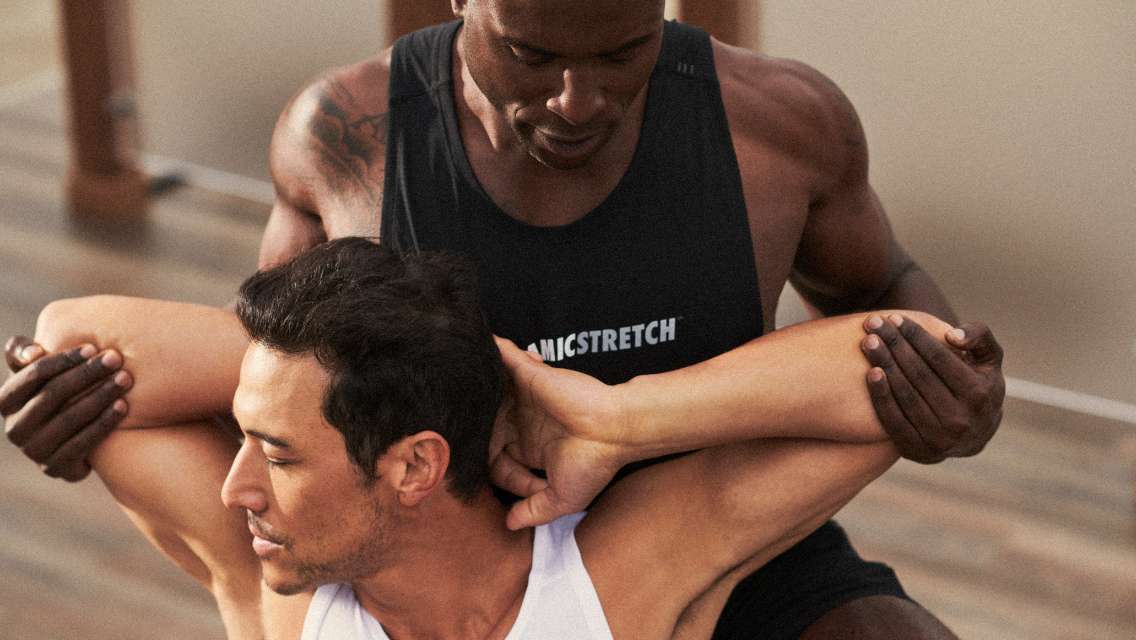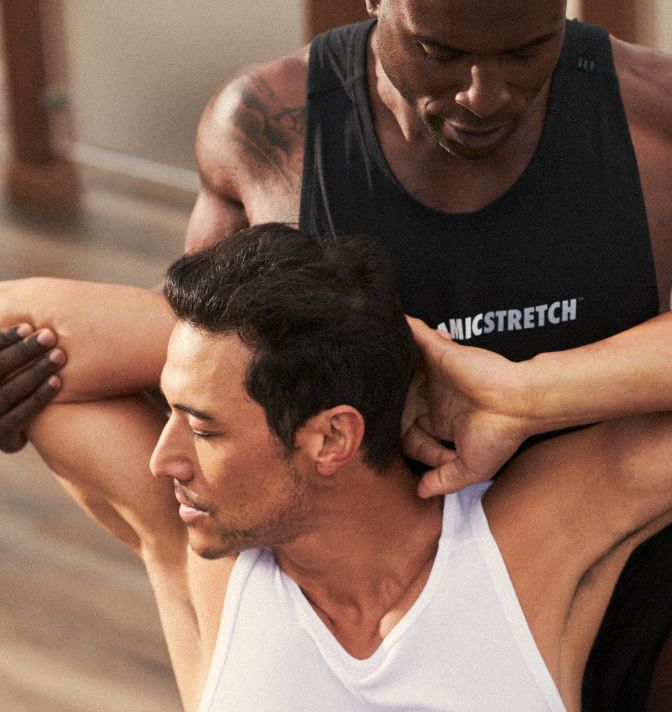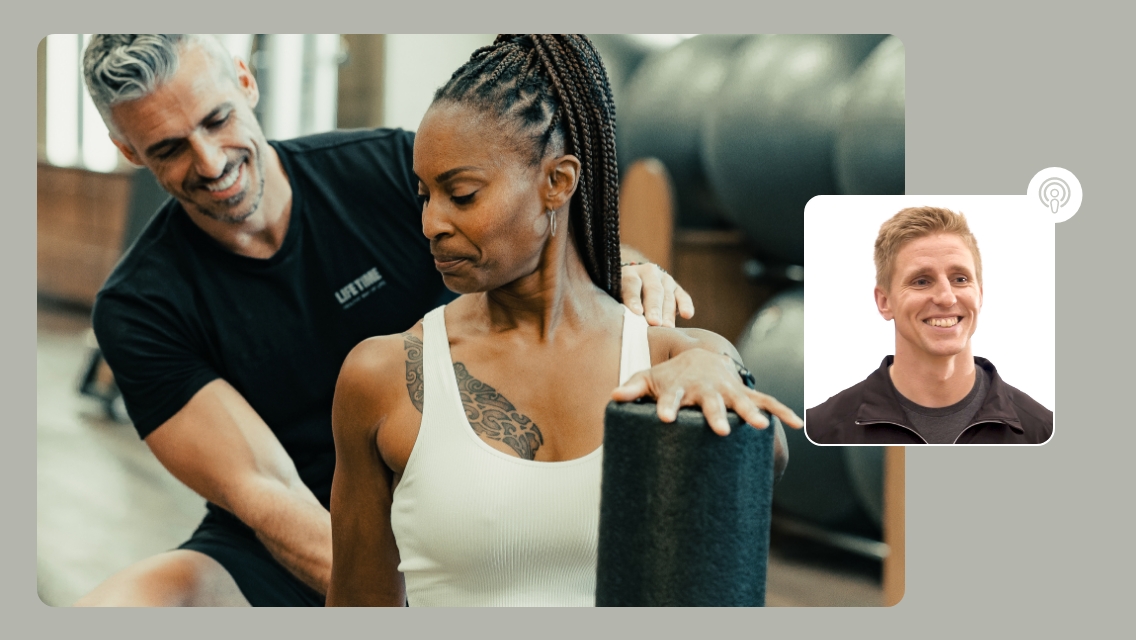No matter the workout goal, when you’re eager to see results, it can be tempting to skip your rest days in an effort to get there faster. But fitness professionals advise against this, explaining that overtraining can actually set you back.
“Rest is key to any training or exercise plan,” says Scott Herman, Dynamic Personal Trainer at Life Time in Plymouth, Minn. “We place a lot of importance on getting our workouts in, but often, people don’t realize how crucial rest is for reaching their goals and seeing results. Exercise is a stressor, and if you’re training hard multiple days in a row, you can run into issues.” (Learn more: “Fitness Recovery, Defined”)
3 Ways to Tell if You’re Under-Resting
Everyone is different, so instead of giving specific advice, Herman recommends listening to your body. Even if a rest day wasn’t part of your plan, your body knows best. These symptoms are often signs that you need rest.
1. You’re constantly tired.
If you’re getting enough sleep, but still feel exhausted or can’t seem to get through your workout, your body may be telling you it needs a break. Your body works hard to recover after a tough workout and giving it a rest day may what you need to bounce back.
2. Your muscles are still sore after three days.
If you’re experiencing stiffness and soreness three days following your workout, you may need to work extra rest into your routine to allow your body to better recover from strenuous workouts.
“Don’t ignore the aches and pains you feel,” says Herman.
Learn more: “Delayed Onset Muscle Soreness (DOMS): How to Reduce Post-Exercise Soreness”
3. You’re hitting a plateau with your goals.
If you feel like you’re working hard but not reaching your goals, it may be time to reevaluate your prioritization of rest days.
“Your muscles need time to recover, especially if you’re lifting heavy weights,” says Herman. “Those microscopic tears that happen in your muscle tissue when you lift need to heal and repair in order for you to see results and get stronger.”
What to Do on Your Rest Days
Herman offers a few suggestions for those rest and recovery days, again placing emphasis on listening to your body.
1. Take exercise off the table.
When you need it, allow yourself a day to completely recharge.
“Once a month or every few weeks, I like to devote a full day of rest in my plan,” he explains. “I’ll swap my workout for three 10-minute walks throughout the day for some light, non-strenuous movement. Resting is more than just slowing your body down — it’s also about giving your mind a break. I’m a big fan of making this recovery day phone-free or device-free as much as possible.
“Then, once a year, I like to take a complete week off from strenuous workouts,” says Herman. “I do lots of yoga and walking during this time to help reset my body and mind.”
2. Take a yoga class or stretch.
Yoga and stretching are two ways to move your body while recovering.
“Book a SURRENDER yoga class for some meditative stretching or a Dynamic Stretch session for personalized recovery assistance from a trainer,” Herman suggests.
3. Try low-impact cardio.
Active-recovery exercises such as walking, swimming, or cycling at a slower pace keep you moving without placing additional stress on your body. Depending on your goals or training plan, one to three active recovery days per week may be beneficial, even serving as a gentle form of cross-training. (Learn more: “What’s the Difference Between Active and Passive Recovery?”)
4. Catch up on household tasks or errands.
On a rest day, cleaning, yardwork, shopping, or other errands are all less intensive, but functional ways to move your body and feel productive at the same time.





